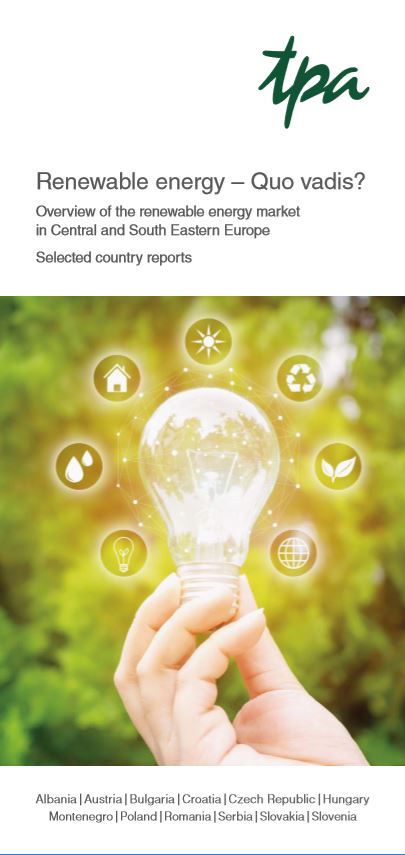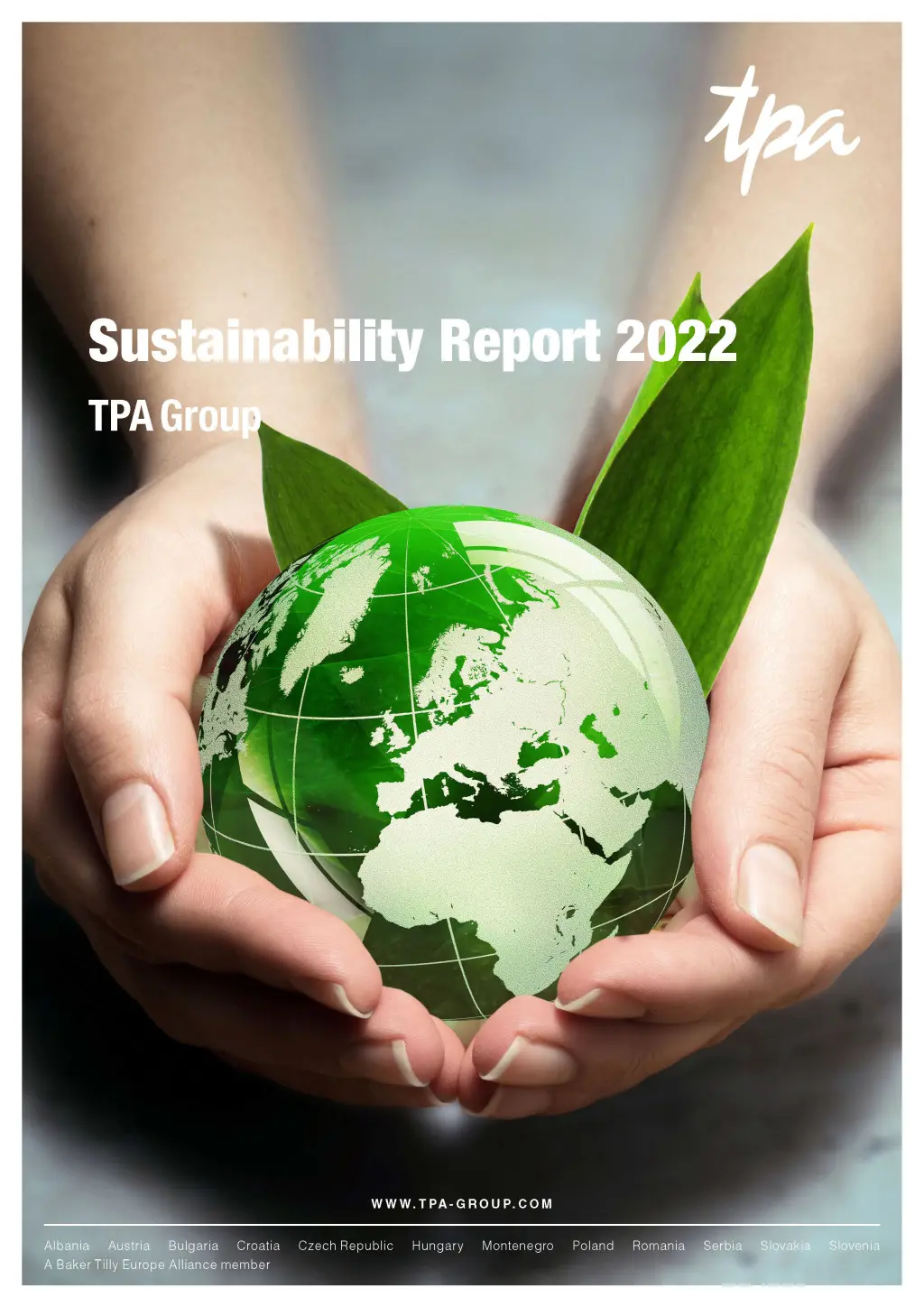News
Categories
Contact
10. September 2024
Reading Time: 2
Min.
news
ESG reporting – the time to start is now
Double materiality in ESG: A key concept for sustainable business
As one of the central concepts in ESG reporting, the double materiality is gaining increasing attention in connection with new regulatory requirements such as the Corporate Sustainability Reporting Directive (CSRD). The double materiality concept emphasises that companies must consider two aspects when assessing their impact:
- Financial materiality (quantitative) focuses on how the company’s environmental, social and governance factors affect it’s financial performance. This concerns on the kind of risks and opportunities these factors have for the company and its financial performance. For example, significant climate change may affect costs or put supply chains at risk, possibly having a significant impact on the company’s profit.
- Social and environmental materiality (qualitative) explores how the company’s operations affect wider society and the environment. This includes emissions, use of natural resources, working conditions and other factors with a potential impact on the external environment. This approach stresses the need for companies to contribute to sustainability and reduce negative impacts on society as a whole.
As the mandatory first step under the CSRD, a double materiality assessment aims to help companies streamline their reporting and identify the topics that are material (relevant and significant) to their ESG report, so they do not waste time searching for irrelevant data. Given the complexity and difficulty of the double materiality concept, most companies hire external consultants to handle the process. Regardless of whether the assessment is managed internally or outsourced to a consultant, the European Sustainability Reporting Standards (ESRS) offer four general steps as guidance:
- Involving stakeholders in sustainability topics
- Aggregating stakeholder input and suggestions
- Making comparisons against materiality thresholds
- Mapping significant topics to selected ESRS standards
As the process of assessing double materiality is rather complex and time-intensive, companies need to start working on their double materiality assessments well in advance. Starting a double materiality assessment at an early stage will allow companies to identify risks and opportunities that may impact their ESG performance and ensure their compliance with new regulatory requirements. Large companies that must collect data and prepare an ESG report for 2025 are strongly advised to start their double materiality assessment in 2024 to allow sufficient time for data point identification, inventory and subsequent data preparation and verification.








